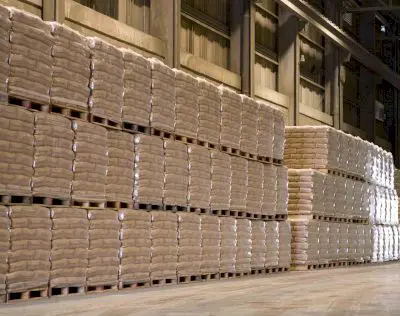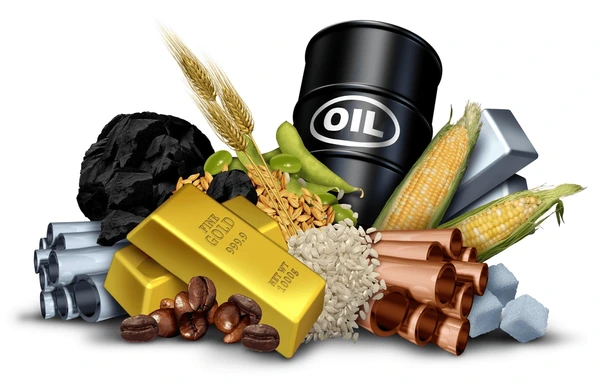Cement is a material that has the ability to stick sand particles to each other and is one of the most widely used materials in the construction industry by creating a solid and integrated body of particles as well as making concrete or mortar

Cement is a Building materials that has the ability to stick Sand particles to each other and is one of the most widely used materials in the construction industry by creating a solid and integrated body of particles as well as making concrete or mortar. Cement is made of a combination of calcareous materials, clay, silica and mineral oxides at a temperature of 1400 to 1500 degrees Celsius. Cement is a Chemical product that hardens in combination with water and the resulting product is durable and resistant to moisture. Cement is one of the most widely used materials in road and dam construction and generally in construction field. Cement usually is used as an adhesive mortar in all stages of construction works.
While Portland cement is the most widely used type, there are different variations available to suit specific construction needs. Ordinary Portland Cement (OPC) is the most common type and is used for general construction purposes. It contains pozzolanic materials, such as fly ash or volcanic ash, which enhance the concrete's durability and workability.White Cement is produced using raw materials with low iron content, resulting in a white-colored cement. It is primarily used for architectural purposes and decorative finishes. Rapid Hardening Cement hardens quickly and is suitable for projects that require early strength development.
It generates less heat during hydration and is used in massive concrete structures to prevent thermal cracking. It is designed to withstand the effects of sulfate attacks, which can occur when concrete is exposed to sulfate-rich soils or water. Raw materials, such as limestone and clay, are extracted from quarries or mines. The extracted materials are crushed and ground into a fine powder. The powdered materials are mixed in precise proportions and then preheated in a kiln. The preheated materials are heated in a kiln to very high temperatures (around 1450°C or 2642°F), causing chemical reactions that form clinker.
The clinker is finely ground with gypsum or other additives to produce cement powder. Cement provides strength and durability to structures, allowing them to withstand loads and stresses. It acts as a binding agent, holding aggregates together to form concrete. Cement undergoes a chemical process called hydration, which leads to the hardening and setting of concrete over time. Cement is used in a wide range of construction applications, including buildings, bridges, roads, dams, pipelines, and more. Cement can be molded into different shapes and forms, allowing for various architectural and decorative finishes.
Cement production is associated with environmental impacts, including the emission of greenhouse gases (such as carbon dioxide) during the calcination process. Efforts are being made to reduce the carbon footprint of cement production by developing alternative cementitious materials, using alternative fuels, and implementing more energy-efficient technologies.
Cement is a binding material used in construction to form a strong and durable bond between different components. It is commonly used to bind together aggregates, such as sand and gravel, to create concrete. Cement acts as a glue that holds the aggregates together and provides strength to the resulting structure. The most commonly used type of cement is Portland cement, which is made by heating a mixture of limestone, clay, and other materials at high temperatures. This process, known as calcination, produces a clinker that is then ground into a fine powder. The powder is mixed with water to form a paste, which hardens over time through a chemical process called hydration.
During hydration, the cement paste reacts with water, forming chemical compounds that create a network of interlocking crystals. This process contributes to the hardening and setting of the cement, resulting in a solid and strong material. The hardened cement provides structural stability to buildings, bridges, roads, dams, and various other construction projects. It's important to note that cement is different from concrete. Cement is an ingredient used in the production of concrete, which also includes aggregates (such as sand and gravel) and water. When cement is mixed with water and aggregates, it undergoes hydration and hardening, forming the solid material known as concrete.





